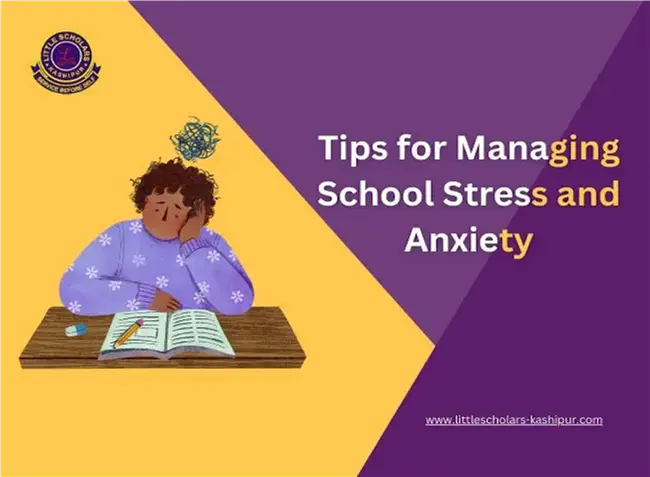The hustle and bustle of school life can often lead to significant stress and anxiety among students. From the pressure of exams to the challenges of social interactions, the sources of stress are numerous. Understanding and managing this stress is not just crucial for academic success but also for the overall well-being of students.
Understanding School Stress and Anxiety
Stress and anxiety in a school setting are often the result of academic pressures, social dynamics, and the struggle to balance schoolwork with other responsibilities. Symptoms may include excessive worry, difficulty concentrating, mood swings, and even physical symptoms like headaches or stomach aches. Recognizing these signs is the first step in managing them effectively.
Practical Tips for Managing Stress
1. Time Management:
One of the most effective ways to reduce stress is through efficient time management. Encouraging students to keep a schedule or planner helps them track assignments and deadlines, breaking larger tasks into more manageable chunks. This organization can significantly reduce the feeling of being overwhelmed.
2. Healthy Lifestyle Choices:
Physical health greatly impacts mental well-being. A balanced diet, regular exercise, and adequate sleep can tremendously improve a student’s ability to handle stress. Simple changes like incorporating more fruits and vegetables into meals, engaging in daily physical activity, and establishing a consistent sleep routine can make a noticeable difference.
3. Mindfulness and Relaxation Techniques:
Practices such as deep breathing, meditation, or yoga can be powerful tools for managing stress. These techniques help in calming the mind and reducing the body’s stress response. Schools could incorporate short mindfulness sessions into the school day, or students might practice these techniques at home.
Dealing with Anxiety in School
1. Talking About It:
Encouraging students to express their feelings and concerns with trusted teachers, friends, or family members can be therapeutic. Verbalizing worries can often put them into perspective and make them seem more manageable.
2. Positive Thinking:
Anxiety often breeds negative thinking patterns. Techniques like cognitive reframing help students challenge these negative thoughts and replace them with more positive, realistic ones. This shift in perspective can reduce feelings of anxiety.
3. Seeking Professional Help:
Students, parents, and educators need to recognize when professional help might be needed. School counselors or mental health professionals can provide additional support and strategies for managing anxiety.
Creating a Supportive Environment at School
1. Fostering a Positive School Climate:
A positive, inclusive, and supportive school environment plays a crucial role in reducing student stress. This includes creating a safe space where students feel valued and respected.
2. Encouragement and Understanding:
Teachers and school staff can help by being empathetic and understanding. Recognizing and acknowledging the pressures that students face and providing encouragement can go a long way in alleviating stress.
3. Resources and Referrals:
Schools should ensure that students have access to counseling services and other mental health resources. Educating students about these services and how to access them is also crucial.
The Role of Parents and Guardians:
Parents can play a significant role in helping their children manage stress and anxiety. This can be achieved by creating a supportive home environment, encouraging open communication, and helping with time management and organization skills. Parents should also be attentive to the signs of stress and anxiety in their children and encourage them to seek help when needed.
Conclusion
Managing school stress and anxiety is a collaborative effort that involves students, educators, and parents. By implementing practical strategies, fostering supportive environments, and recognizing when professional help is needed, we can create a healthier and more conducive learning environment for our students.




